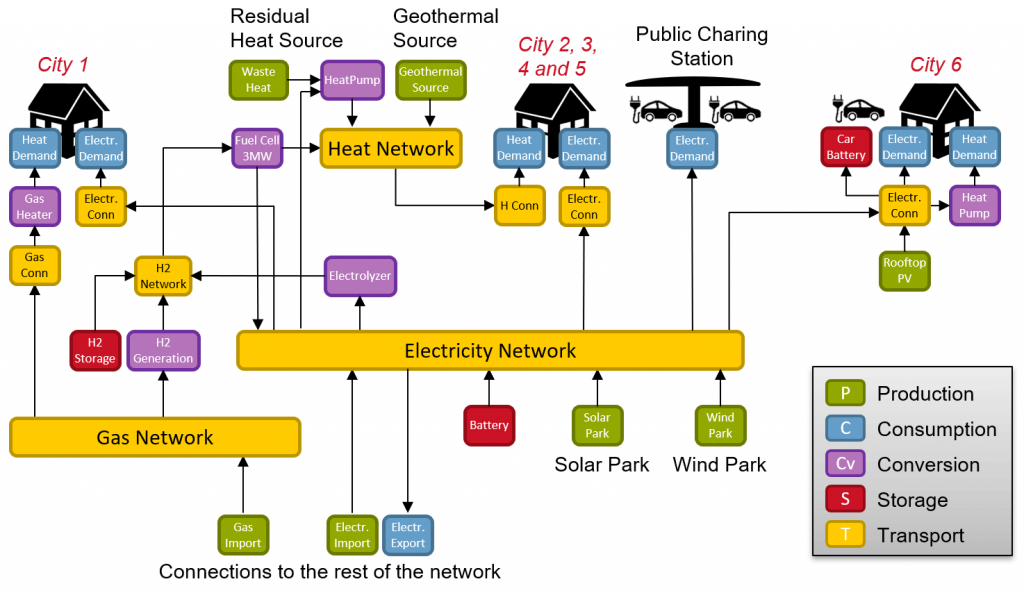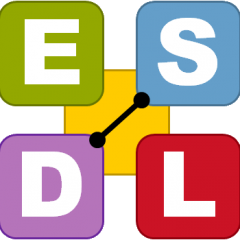
ESDL is a language, just like Dutch is a language. People understand each other because they speak the same language, computer models need a language in the same way to understand each other. ESDL is therefore a language in which computer models can exchange information, so that they understand each other.
The Energy System Description Language
The Energy System Description Language (ESDL) is a language to describe energy system and energy transition related information in a uniform and structured way. The scope of ESDL is the energy system in its entirety. It makes it easier to link energy models and makes it possible to unlock all kinds of energy data in a uniform language, so that it becomes easily usable in model studies.
What is the reason for developing ESDL?
- To be able to link energy transition models and have them exchange information in an automated manner
The energy transition is so complex and has so many aspects (social, financial, legal, technical) that it is impossible to perform scenario calculations with a single model. It is evident that it has added value to link a number of different models, where each of the models has its own focus and strengths. If these links are established, a new result can be obtained much faster with changing insights, assumptions or input data. - To document and standardize assumptions
Different models that calculate the same problem area (e.g. heating supply built environment) can come up with completely different results. It is suspected that the largest part of these differences arises because the calculations are made with different assumptions (and a smaller part because the model simplifies reality more, less or differently). By publishing the assumptions (costs, efficiency, profiles) in a standard format, transparency is improved and reuse becomes easier. - Additivity and Combining of Data
Automatically adding or combining data from different studies is incredibly difficult. It is only possible if the data are semantically well described, in such a way that it is clear where one dataset fits into the other. It would be fantastic if the results of an Industry Cluster Energy Strategy (CES) could be included in the dataset of the Provincial System Study or the national Infrastructure explorations at the press of a button upon publication. ESDL will certainly be able to contribute to a step in the right direction here.
What is the scope of ESDL?
- Energy system components (wind turbines, heat pumps, geothermal sources) and their technical parameters (power, efficiency, full load hours, temperatures)
- Infrastructures for all energy carriers and how everything is connected to them (electricity grids, gas networks, H2 networks, heating networks, etc.)
- Spatial aspects (location and space requirements)
- Cost aspects (installation, investment, maintenance, management, ...)
- Energy potential (solar and wind potential, geothermal potential, WKO potential, biomass potential, etc.)
- Profiles (e.g. time varying (hourly) profiles for supply and demand, but also other quantities such as temperature, pressure, voltage, costs, etc.)

What is ESDL for?
ESDL is primarily intended for developers of energy models, for the exchange of information between different models. ESDL provides a shared vocabulary so that modellers and models understand each other. ESDL can also be used for publishing standard datasets (such as standard profiles, definitions of sectors, definitions of energy carriers, fact sheets with specifications of technologies and assumptions about expected developments in, for example, efficiency and costs). The Energy Data Repository was developed as a first proof of concept specifically for this purpose (see https://edr.hesi.energy).
